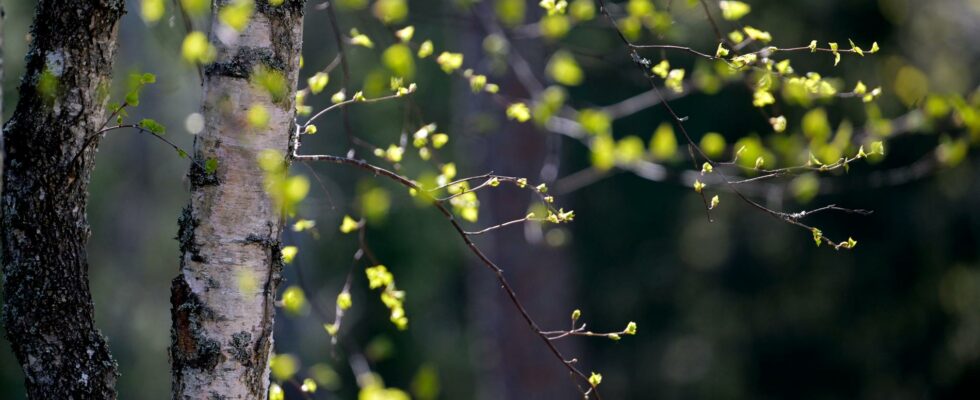unsaveSave
expand-left
full screen Greenery in and near urban areas is good for both health and the climate, research shows. Archive image. Photo: Janerik Henriksson/TT
Proximity to greenery can make us healthier and less stressed. But the work to get more nature near the cities lags behind in many places, according to Friluftsfrämjandet.
– It should be as obvious as planning sports arenas, says general secretary Kristina Ljungros.
Those who live near green areas not only go out more often. Research also shows that they are less stressed, have generally better health and live longer, according to a compilation from the Swedish Environmental Protection Agency.
Ensuring that there is greenery near cities is therefore a relatively simple investment in public health, Friluftsfrämjandet believes in a new report on the role of municipalities.
– Many people think of outdoor life as something you do on holiday, but the most important outdoor life happens in everyday life. The sedentary lifestyle is growing and nature close to urban areas is extremely important for people’s ability to get out regularly, says Kristina Ljungros.
While most municipalities have a plan for sports, the equivalent for outdoor life is largely lacking, even though it can attract wider groups, according to the organization.
The children and nature
The report points out that around half of the country’s municipalities only work to a limited extent, or not at all, with preserving or in other ways bringing nature close to homes and thus encouraging people to spend time outside.
– It is, for example, about securing the children’s access to nature when planning preschools and schools, as well as when planning residential areas, says Ljungros.
One challenge is that forests close to urban areas are protected to a lesser degree than other forests, and are felled to roughly the same extent, according to the Norwegian Forestry Agency’s statistics.
At the same time, the report points out that some municipalities, such as Borgholm and Luleå, work actively to preserve forests near cities. For example, by switching to forestry without clear-cutting on one’s own land to benefit the ecosystem, climate and outdoor life.
Three trees
Reviewing forestry is one of several pieces of advice Friluftsfrämjandet lists for the municipalities. Another is to map the residents’ distance to forests close to everyday life. For example, Boverket highlights the 3-30-300 principle, which shows how much greenery a city needs.
Three stands for the number of trees everyone should at least be able to see from home, school and work. 30 stands for how many percent of the city block’s surface should be shaded by tree canopies, and 300 for the maximum number of meters everyone should have for a green area.
– It’s a way to boil down how to work with the issues in everyday life, says Kristina Ljungros.
